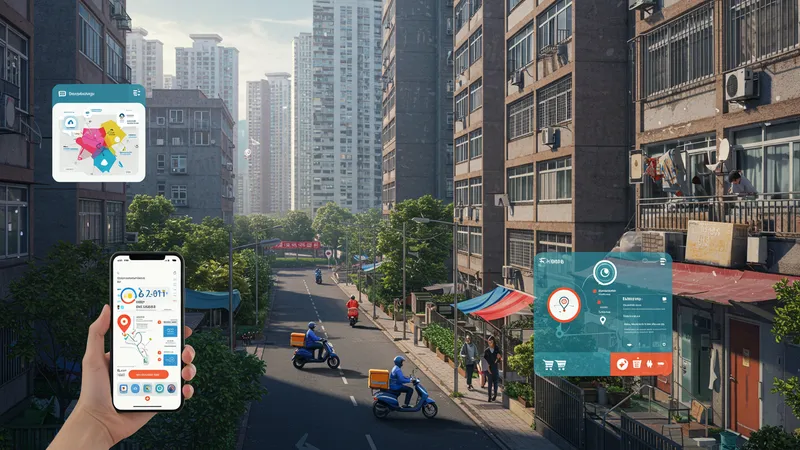
What’s Driving Quick Commerce? Explore The Shift Today
Consumer Behavior and Urban Impact in Quick Commerce
The instantaneous nature of Q-commerce has redefined urban customer habits. In densely populated areas, residents gravitate toward smaller, more frequent purchases delivered straight to their doors, reducing the need for time-consuming trips to physical stores. This trend can be seen in apartment complexes and student housing, where shared access and security simplify delivery logistics. Platforms are responding by tailoring their offerings to these high-density markets, often customizing assortments by neighborhood.

Consumers’ reliance on smartphones for shopping and delivery status monitoring further accelerates quick commerce adoption. Many users appreciate the ability to track couriers in real time, receive personalized product recommendations, and communicate directly with delivery personnel. This heightened engagement builds trust and prompts repeat purchases, anchoring Q-commerce as a staple in daily routines for a growing segment of the population.
However, quick commerce also raises questions about urban logistics and sustainability. Increased delivery volume may contribute to congestion and carbon emissions if not managed thoughtfully. Leading platforms are addressing these challenges by integrating electric vehicles, optimizing routes, and consolidating multiple orders when possible. These measures aim to balance consumer convenience with responsibility to local communities and the environment.
Social dynamics are transforming as well. For many, Q-commerce means more social time and less errand-running. The model fosters connections between local couriers and residents, with some platforms leveraging customer feedback to improve not just speed, but friendliness and service. These relationship-driven approaches further entrench Q-commerce as more than a fleeting trend—it’s becoming a dependable part of urban living.